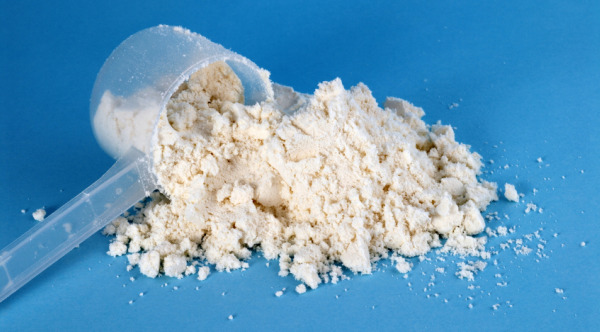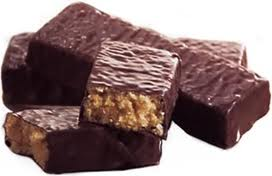The Newspaper Boy
 Mon, September 6, 2021
Mon, September 6, 2021  What did Harry Truman, Dwight Eisenhower, John Wayne, and Martin Luther King all have in common?
What did Harry Truman, Dwight Eisenhower, John Wayne, and Martin Luther King all have in common?
They were all former paper boys.
Long before the newspaper industry went into decline, the newspaper delivery boy disappeared, and that is a shame.
Not only from a nostalgic perspective, but a newspaper route gave a kid a certain amount of independence, and above all it taught the importance of taking responsibility.
Once a youngster had taken on the job, a commitment had been made and there were an awful lot of individuals relying on this young bicycle courier for their daily paper.
There were many reasons the newspaper boy disappeared. Fear by parents for the youngster’s safety, changing child labor laws, school classes starting earlier, etc., etc.
There was hardly a Hollywood movie made up until the 1970s, set in suburban America, that didn’t include a scene where a newspaper boy is riding his bike, and throwing newspapers somewhere in the approximation of the front porch.
Strange thing is, I occasionally see a newspaper boy depicted in a TV commercial, are there still any out there; has anyone seen a real one lately?
It occurred to me that a lot of readers that visit here are ex-newspaper boys or girls, and maybe for some that’s how interest in cycling began.
I thought it would be interesting to hear some of your experiences, and to know how long ago that was. Kind of like a survey to find when and why the newspaper boy went into decline.



























The Generation Blame Game
A sure sign a person is old is if they still call someone a “Young Whipper-Snapper,” because in over 300 years they haven’t learned a better term.
Today’s youth would probably holler out of the widow of a limousine on the way to a school prom, and I would think, “You are in a fucking limousine, you didn’t just win the Super-bowl.”
The result is the same for every generation, make a lot of noise, but have nothing of substance to show. Looking back, was I any different? Of course not, how much life can one experience in just ten years from age 15 to 25?
I believe it was Mark Twain who said,
I was born in the middle of the Great Depression, and I was between 3 and 9 years old during WWII. I became a teen in the 1950s, and we were pleased the world was a better place. We never blamed the previous generation; in fact, they had just fought a war for us. It was the 1960s with the Civil Rights issues, Vietnam, and the threat of nuclear war, that the blame game started.
The blame lies with mankind collectively, not individuals or even whole generations. Each generation would have done better to have listened to the previous generation, rather than to blame them. This generation will fare no better unless the change what previous generations have done. One never gets a different result by making the same mistake over.
The older generation probably looked at me and my peers and thought, “God help us when they are in charge.” By the time I was 25 years-old, I thought I knew it all, and I had the answers to all the world’s problems, when truth be known, we none of us knew Jack-Shit.
Since the Industrial Revolution began about 300 years ago, technology has increased at an ever-increasing rate. I look at the advances made in just my lifetime, and it is alarming. This advancement in technology has gone hand with a population explosion, the worlds population has doubled in the last 50 years. No one seems to be addressing that problem, as the planet is being destroyed.
Technology increases as knowledge is passed on from one generation to the next, but schools still teach the basic reading, writing, and arithmetic, that began in schools 300 years ago. Religion too is a hodge-podge of different religions the world over, and all based on writings hundreds, if not thousands of years old.
Young people leaving college today are attending classes on “How to cope.” Their parents gave then everything, and sent them to college, now they have graduated the parents expect them to leave home and get a job. They don’t have the basic skills needed to cope. I grew up poor, and left home at nineteen years old. Life showed me how to cope.
I am sure when I was young, I spouted my mouth off about all manner of subjects I knew nothing about. But it only reached my immediate friends, and I doubt much of it went any further. Today, technology has given us the Internet, Facebook, Twitter, You-Tube, and Tic-Toc. The list goes on. Someone can have some inane thought and within days that idea has spread around the world.
We no longer have to wait and say, “God help us when they take over?” Because the young generation is taking over now, through Social Medea. Killing free speech, erasing history, when if there is one lesson I have learned in life, it is. “Don’t dwell on the past, let it go and move on, because no matter how hard you try, the past will never improve.”
And how can anyone learn that in just ten short years.